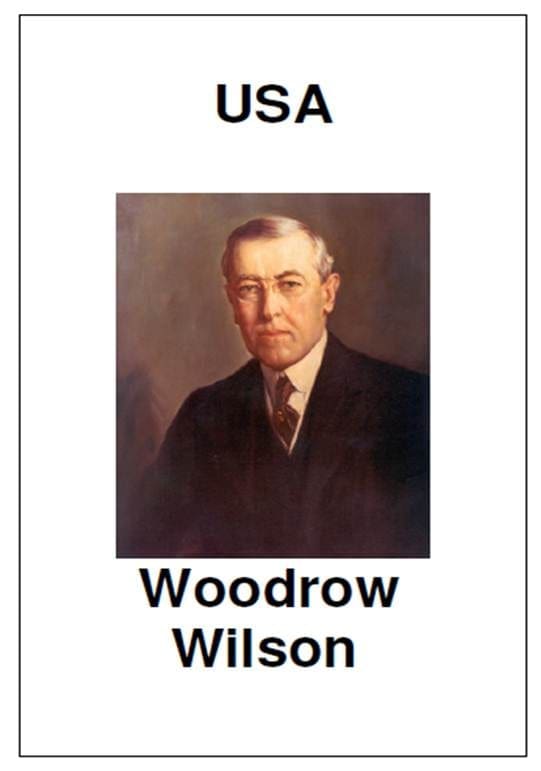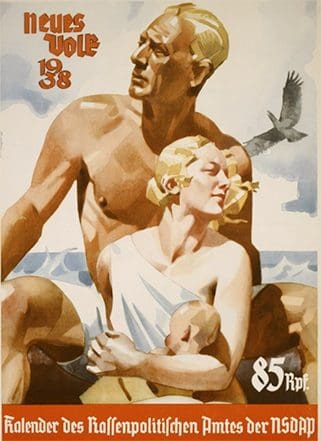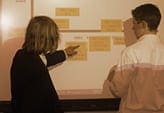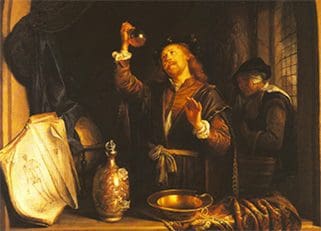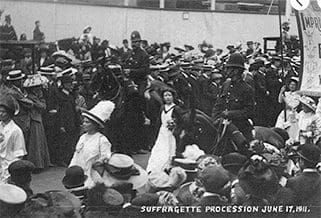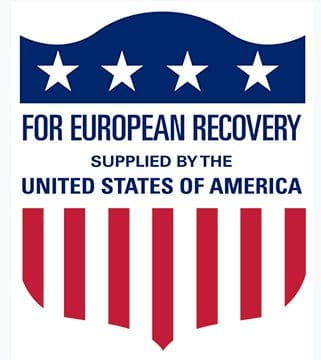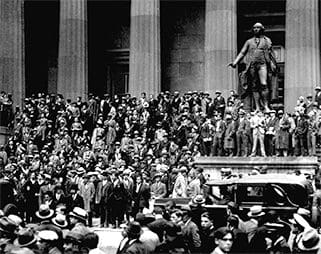
Students are given a set of influence cards which help them to work out the answer to an apparent paradox. If people were getting rich quick in the 1920s, why then was there such a crash in 1929?
Here the focus is on students making their own meaning. You have deliberately NOT given them a pre-prepared logical textbook explanation. They have to work out what makes sense to them first.
Some will talk of long-term factors, some of triggers. Others will try to categorise causes such as the role of the government or the banks. It will be essential in terms of differentiation that only the most able students are given all the cards. Make your own selection as to which students get which. Make 3 different sets that are differentiated and place each in a similar looking envelope. Put the easiest envelopes at the top and the hardest at the bottom with the medium in the middle. As you walk round the room deal each pair with the envelope which offers the most appropriate challenge.
Most of your discussion will be with individual pairs but you will need to bring everyone’s ideas together as some point. A good way of following this up is to get students to predict what a GCSE BBC film explaining the Crash should include in its explanation. Students can then rate how effectively the film explained the event. Was anything missing? Were some parts not given enough emphasis? This helps students to see that all history is a construct and with careful substantiating of their point of view, they can even challenge so-called authorities’ views.

